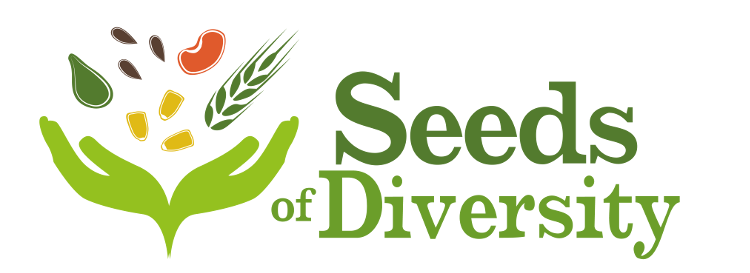Vanilla is famous for its flavour and fragrance, and has been passionately sought after for hundreds and hundreds of years. Vanilla also has qualities that make it useful as an aphrodisiac, medicinal herb, and healing aromatic.
Vanilla, with its waxy pale yellowish green flowers, is a member of the orchid family. Orchids are the largest flowering plant family in the world, with 25,000 species in the wild and more than 100,000 hybrids created. There are at least 150 species of vanilla in tropical regions around the world. The vanilla originating in Mexico and Latin America is the only orchid that is edible. Two members of the American vanilla family have been commercially used to meet the demand for vanilla: Vanilla planifolia, and Vanilla pompona Schiede.1
Vanilla originally grew wild in the lowland tropical forests of southern and eastern Mexico, Central America, and northern South America.2 The tribes living in the northern regions were the first to incorporate vanilla into daily life, using it as incense and possibly as medicine. According to popular belief and the Totonac history, the Totonacs were the first people to cultivate and domesticate vanilla.
There is a legend of two forbidden lovers who were murdered when they tried to run away together. It is believed that the vanilla vine sprouted out of the very site where their blood was spilled, the flower coming to symbolize true love. The people saw this as a sign from the gods and began to place the orchid as a divine offering to their gods. 3
When the Aztecs conquered the Totonacs around 1427, they built on the Totonacs' knowledge of vanilla and are believed to be the first people to use the dark dried vanilla beans for something other than its aromatic and medicinal uses. They discovered the delicious flavor of vanilla and used it in special chocolate drinks.4
In the early 1800's Europeans explorers began to take cuttings of vanilla plants back home with them, hoping to have what they had found in the Americas. However, the unexpected occurred when the vanilla plants grew and flowered, but did not produce the prized seedpod. The reason was not known until decades later, when it was discovered that the vanilla flower was pollinated exclusively by the melipone bee. This tiny bee was native to Mexico, and without it there was no vanilla. A solution was found with the discovery of hand pollination, a daunting task, but one that was soon perfected.5
Orchids cannot self pollinate because there is a flap of plant tissue called the rostellum, that separates the anthers (male) and stigma (female). Normally a bee pollinator would crawl inside the flower and in order to get out, it would break the rostellum, thus causing the flower to be pollinated.6 All this must be done with hand pollination, making the procedure tricky and laborious.
The specific bee pollinators of the vanilla orchid have become nearly extinct.7 As a result, wherever vanilla is grown, including its country of origin, hand pollination must be used. The vanilla industry works continuously to fulfill the world's craving for this yummy flavour we know as vanilla.
If you enjoyed this story, you may want to read The Chocolate Fly and The Dying Honeybee
- Rain, Patricia. Vanilla. Toronto: Jeremy P. Tarcher/Penguin, 2004.5.
- Ibid.15.
- Rodelle Vanilla. http://www.rodellevanilla.com/HistoryVanilla.htm;Rain, Patricia. Vanilla. Toronto: Jermey P. Tarcher/Penguin, 2004.20-23.
- Rodelle Vanilla. http://www.rodellevanilla.com/HistoryVanilla.htm
- Rain, Patricia. Vanilla. Toronto: Jeremy P. Tarcher/Penguin, 2004.7.
- Ibid.6.
- Ibid.7.
